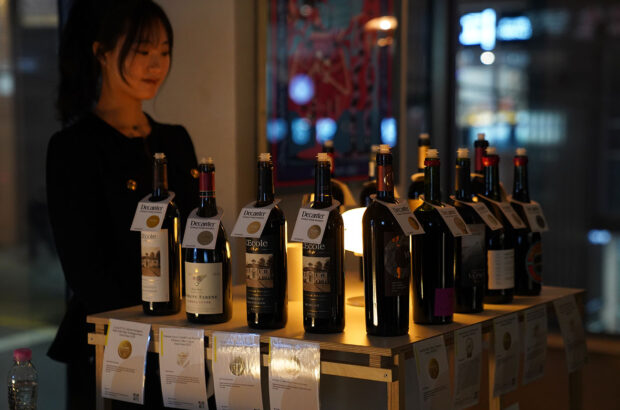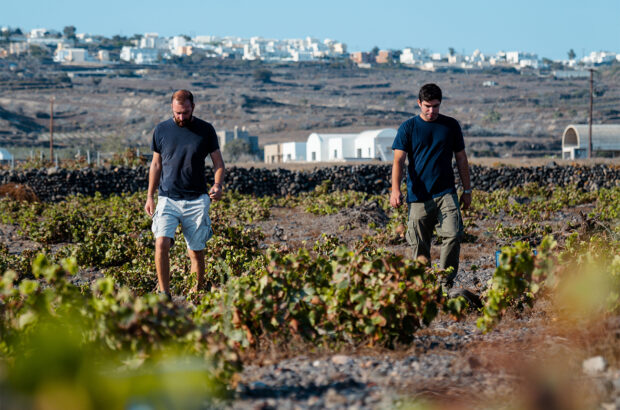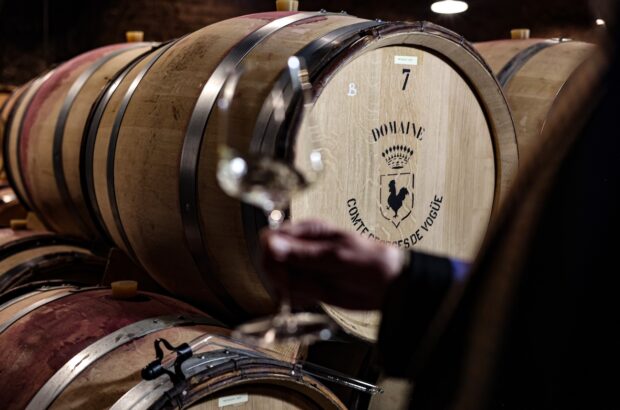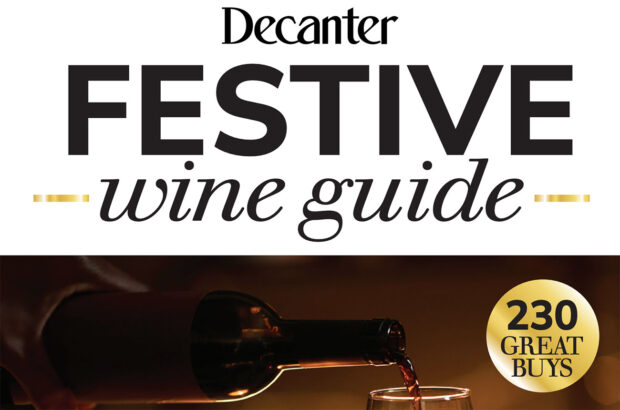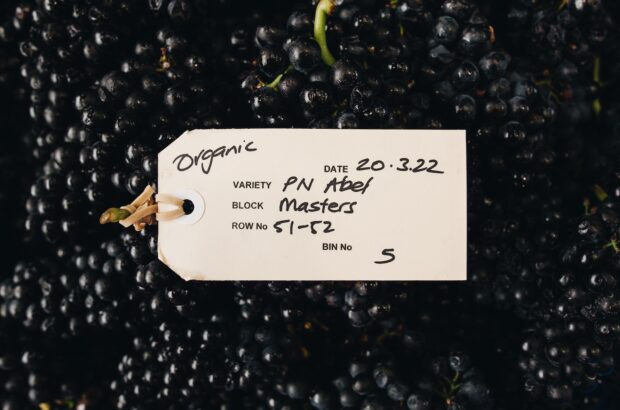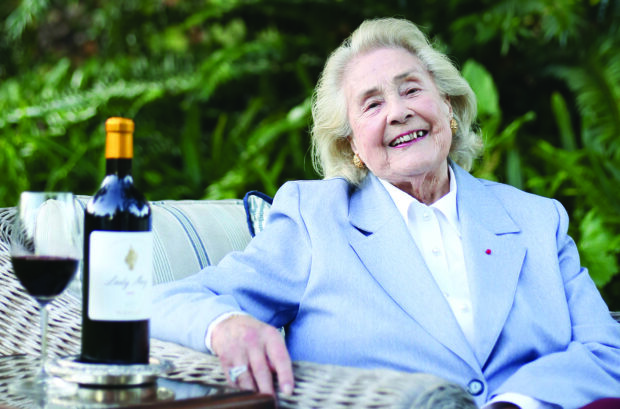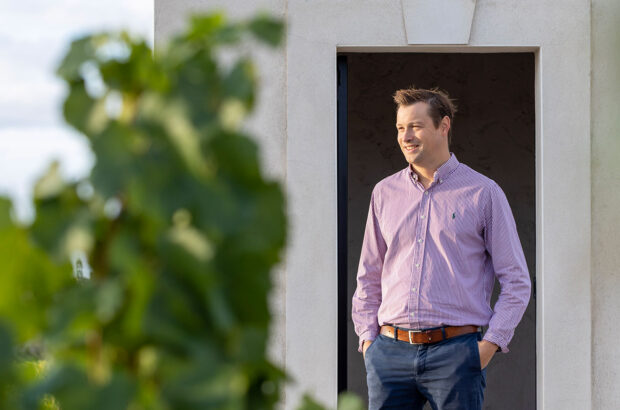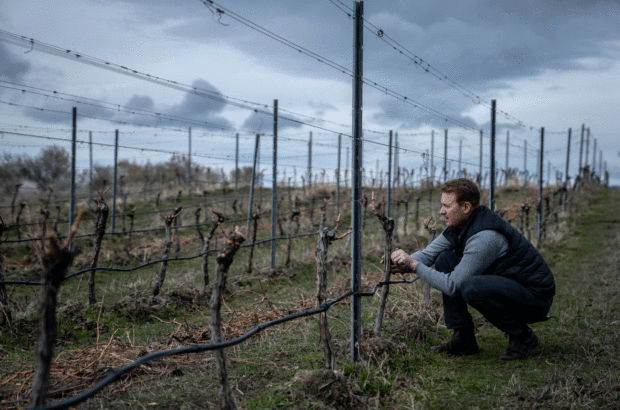We walk out on cool mornings into a mist of hauntingly sweet, powdery scents. Our almond tree flowers even earlier, though less prolifically; it has a similar though subtler fragrance. Then there’s the scent of toasted almonds themselves, and honey, too – and perhaps the two compounded… in nougat. Could we add hawthorn? Honeysuckle, maybe, and linden? Welcome to scent heaven. Now: find me a white wine that smells like that.
Guess what? There is one. These are all scents you might hope to chance on in a glass of a fresh young white made from the Clairette grape variety. They were also some of the allusions that I jotted down in March as I blind-tasted through a range of wines from the new Gigondas Blanc appellation, appearing on labels from the 2023 vintage. This can be (and often is) pure Clairette, and must be at least 70% Clairette; balancing varieties include Clairette Rose, Grenache Blanc and Gris, Marsanne and Roussanne, Piquepoul Blanc and Bourboulenc (plus no more than 5% Viognier and Ugni Blanc).
The powder-sweet scents draw you in and they’ll be there on the palate, too, which should be fresh but uninsistent, with softly lapping rather than sharp or angular acidity. Fruits? Quietly citrussy, graceful, supportive.
Depending on blend, soil, exposition and altitude (the Gigondas vineyards rise from 120m to 550m, with all points of the compass covered) a wine from low-lying vineyards will be wealthy and lush, sometimes with a little soft grip; whereas higher-sited vines often surrender something brisker, sappier and more driving. Oxidation and over-emphatic wood notes are risks to avoid.
Southern France has Clairette du Languedoc and Clairette de Bellegarde already, but both are small and rarely seen APs. Clairette de Die appears to be a sparkling incarnation – but Muscat is generally on the front foot in these blends.
It’s white Châteauneuf-du-Pape that is the readiest point of comparison. Clairette can be used on its own or blended with other white varieties on the terraces of Châteauneuf, too, with some of the ‘pure’ versions (from Domaine la Barroche, Raymond Usseglio and Château de Vaudieu among others) being prized. According to Gigondas appellation president Louis Barruol of Château de Saint Cosme, though, Clairette on the slopes of the Dentelles de Montmirail massif is ‘monstrously different’ from its performance on the more open, lower-lying cobbles and sands north of Avignon. He stresses further aromatic notes – ‘fennel and anis’ – as being diagnostic of Gigondas Blanc. ‘The differences,’ he says, ‘are actually much bigger than the differences between our Grenache and Grenache from other zones.’ Barruol’s fellow evangelist of whites Pierre Amadieu adds: ‘It’s the brother of Grenache, maybe even the mirror of Grenache, and the perfect variety for revealing terroir here.’
Winning the new appellation was tough. The INAO regulatory authorities initially rebuffed the suggestion, saying that there weren’t enough white-grape plantings to merit an AP extension; Barruol and Amadieu then produced a series of identically vinified white parcellaires wines over four years between 2011 and 2015 to make their case. Plantings are still modest (17.74ha in spring 2025, of which Amadieu properties have half), but rapid uplift is planned. Demand is encouraging.
All of this, note, marks a significant historical reversal. Clairette was one of the trio of great post-phylloxera vermouth varieties, prized for its oxidative charms but thought doomed in the modern era. So too was Piquepoul (the two form the backbone of Noilly Prat, Languedoc’s great vermouth survivor). Now both are freshly scented and reascendant – in Gigondas and Picpoul de Pinet respectively. Will any appellation now step forward to champion the third, Terret Blanc?
In my glass this month
Picking just one Gigondas Blanc from the AP’s maiden vintage seems almost unfair (I had four top scores) – but here goes. Bravo to the village co-op La Cave de Gigondas for its Domaine de la Souchière, Gigondas Blanc 2023 (priced at €29.90 in France), not only for its clear Clairette character and beguiling floral notes, but also for showing how a little oak (just 25% of the total, for part-fermentation and eight months’ ageing) can tease extra pleasure into the wine without wrecking its purity, balance and finesse.




